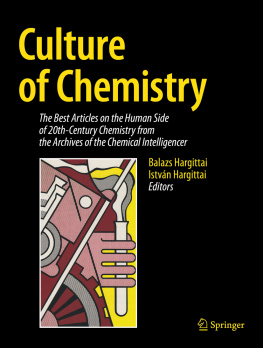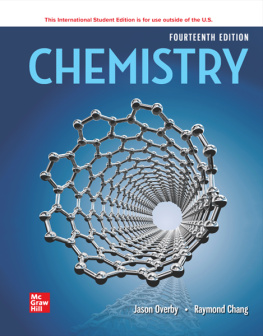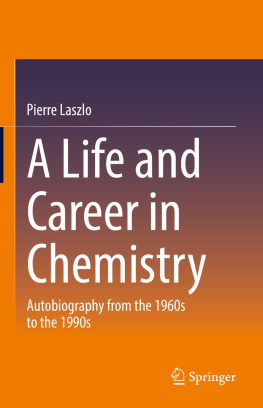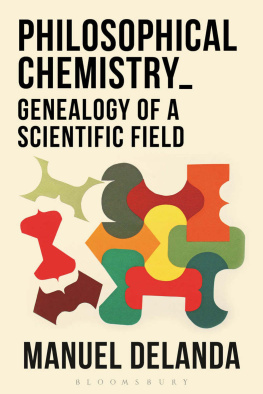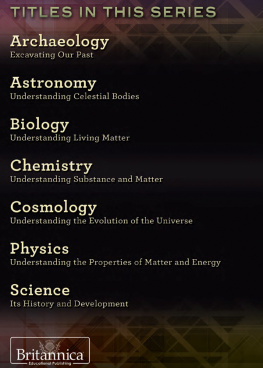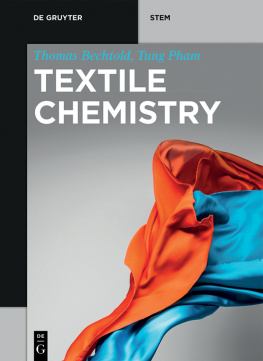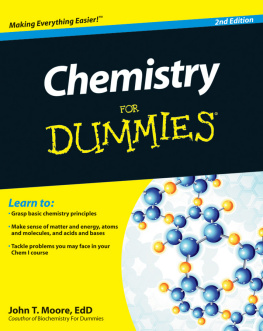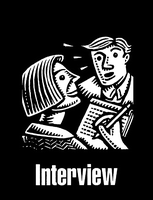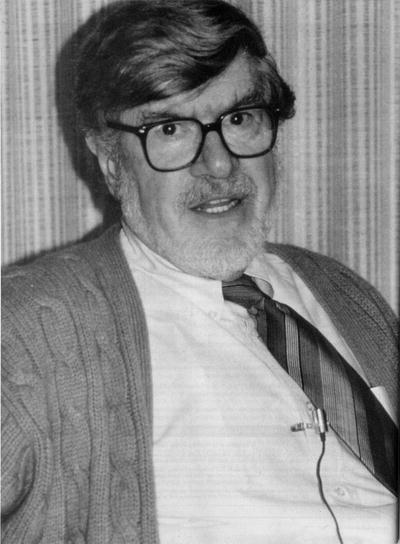Chemical Intelligencer 1998(3), 1625.
Photos of Kurt Mislow during the interview are by I. Hargittai.
Kurt Mislow (b. 1923 in Berlin, Germany) is Hugh Stott Taylor Professor of Chemistry Emeritus in the Department of Chemistry of Princeton University. He attended Tulane University (B.S., 1944) and obtained his Ph.D. degree at the California Institute of Technology under Linus Pauling in 1947. The dominant theme of Dr. Mislows research has been the development of stereochemical theory. His many distinctions include membership in the National Academy of Sciences and in the American Academy of Arts and Sciences, the Solvay Medal (Belgium), the Prelog Medal (Switzerland), the American Chemical Societys James Flack Norris Award in Physical Organic Chemistry and William H. Nichols Award, and the Chirality Medal. Our conversation was recorded in Professor Mislows office at Princeton University on March 12, 1997, and was later augmented by figures and references.
ISTVN HARGITTAI (IH): A recent book stated, Mislow introduced chirality into chemistry.
KURT MISLOW (KM): Thats very kind, but its putting it too strongly. Its true that my work has been focused on symmetry and chirality in chemistry for a long time. But credit as the originator of the concept of chirality in chemistry obviously belongs to Louis Pasteur. Pasteur connected chirality on the macroscopic scale to chirality on the molecular scale in his famous experiments with sodium ammonium tartrate [Pasteur, L. Ann. Chim. Phys. 1848 24, 442]. Eventually Pasteur became interested in other things and didnt pay attention to developments in structural theory, particularly the work of van t Hoff and others. But there was really no need for that. In effect, what Pasteur said was that the chiralityhe called it dissymmetryof the atomic arrangement is the necessary and sufficient condition for molecular enantiomorphism and optical activity. And that was enough. He didnt have to worry about structural theory because his conclusion was based purely on a symmetry argument. The chiral arrangement of atoms is all that matters, regardless of the detailed structure of the molecule.
So how did I get interested in this? Right after I got my Ph.D. with Linus Pauling at Caltech, in 1947, I got a teaching position at New York University. At that time, another new Ph.D. Henry Hellman, who came from Purdue University, joined the faculty. He brought with him the syllabus for Advanced Organic Chemistry , by George Wheland of the University of Chicago. These were mimeographed notes that were ultimately published in a second edition, as a book, in 1949. Whelands uncluttered and logical way of thinking about stereochemistry opened my eyes to the power of symmetry arguments. It was a revelation to me that symmetry and chirality were at the heart of stereochemistry. So Whelands book had a tremendous influence on my thinking and was a real inspiration. I became fascinated by stereochemistry, and it permanently changed the direction of my research. Wheland, incidentally, was also a student of Paulings, though before my time.
Whelands book inspired the first paper I published at NYU [Mislow, K. Science 1950 , , 26]. Its title was The Concept of Internal Compensation. In meso -tartaric acid, there are conformations with a plane of symmetry and conformations with a center of symmetry, and many others in between that are asymmetric. The question back then was, why is meso- tartaric acid optically inactive? There were people who said the reason was that one half of the molecule causes a rotation that is compensated by the rotation caused by the other half of the molecule. In other words, the two halves taken separately are mirror images of each other, so supposedly their rotations cancel and the molecule is optically inactive no matter what the conformation is. They called this internal compensation. Obviously this cant be right, because if you have a chiral conformation, you expect it to be optically active. Pasteur taught us that. It shows the primitive state that stereochemistry was in at that time. Whelands book discussed and debunked this notion, and my contribution was to propose an experiment to settle the issue once and for all.
Ill give you another example of Whelands penetrating way of analyzing problems in stereochemistry. He asked the question: what is a diastereomer? Standard textbooks of stereochemistry, even in the early 1960s, defined diastereomers as stereoisomers some or all of which are chiral but that are not enantiomers. For example, mannose and glucose are diastereomers, and they are both chiral. meso -Tartaric acid, which is achiral, is a diastereomer of D- and L-tartaric acids, both of which are chiral. They all conform to this definition. Now lets examine the case of some methyl-substituted cyclopropanes. If you take 1,2-dimethylcyclopropane, the cis isomer is achiral and the trans isomer is chiral. So this is like the case of the tartaric acids. But now take 1,2,3-trimethylcyclopropane: the all- cis isomer is achiral, of course, but the trans isomer is also achiral. There are no chiral isomers here. According to the conventional textbook definition, these two isomers are not diastereomers. And they are certainly not enantiomers. So then what are they? Wheland recognized that the issue of chirality is irrelevant. As far as he was concerned, maleic and fumaric acids, which certainly arent chiral, are also diastereomers. In short, Whelands point was that diastereomers are stereoisomers that are not enantiomers. Period. All of this seemed perfectly reasonable to me, and I argued for adoption of Whelands definition at the first international stereochemistry congress in Brgenstock, in 1965. I ran into heavy weather, though, because the stereochemistry establishment of the day just didnt like changing what had been the traditional definition. But in the end the argument was compelling, and ultimately everybody adopted Whelands definition. Even the textbook writers finally saw the light. Its been officially sanctified by IUPAC. Today, nobody realizes that there was ever a problem to begin with. The irony of it all is that the definition of diastereomer that is accepted today was the original one. This appeared in the second (1907) edition of the textbook of organic chemistry by Victor Meyer (the father of the word stereochemistry) and Paul Jacobson, the junior author. We know all this thanks to some historical research by Gnter Schiemenz, a professor at the University of Kiel.
In the fifties and early sixties, I kept pushing symmetry arguments at conferences, but I wasnt making many converts. For example, it seemed perfectly safe to me to predict that asymmetric molecules of the type Cabcd should have six different bond angles; or that carbenium ions in asymmetric molecules should be nonplanar; or that if nuclei are symmetrynonequivalent, their NMR signals should be shifted relative to one another; and so forth and so on. Detailed structural information is completely unnecessary to arrive at these conclusions. Pasteurs legacy again, you see. When people found these things experimentally, they thought that it was a big deal, but it was all easily predictable from symmetry arguments without any recourse to detailed structural information.

